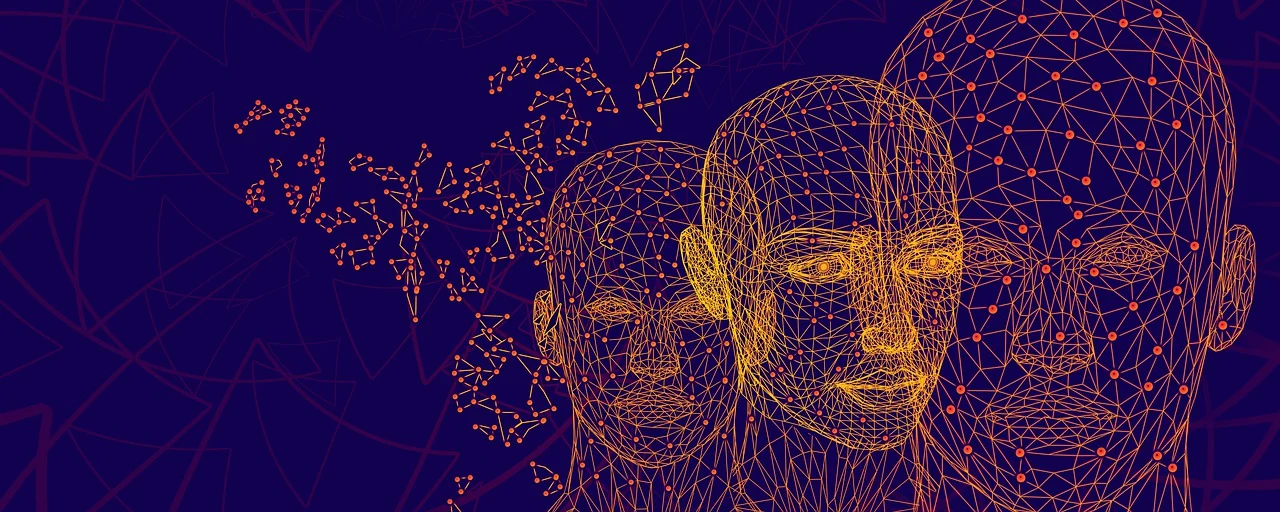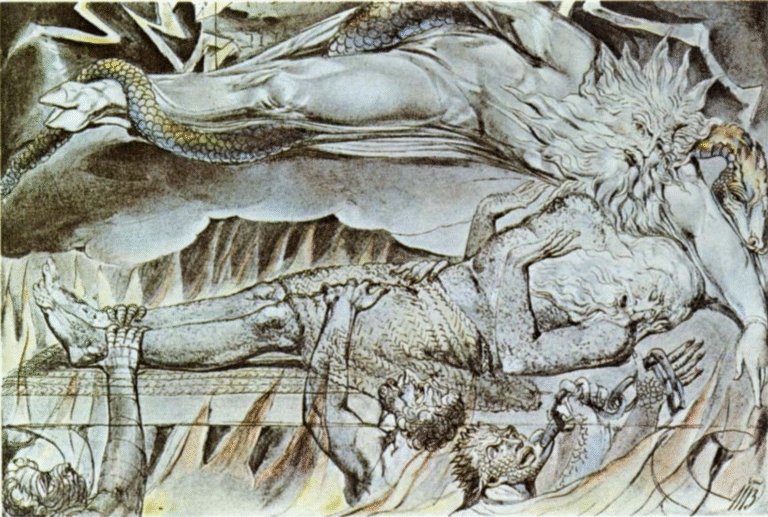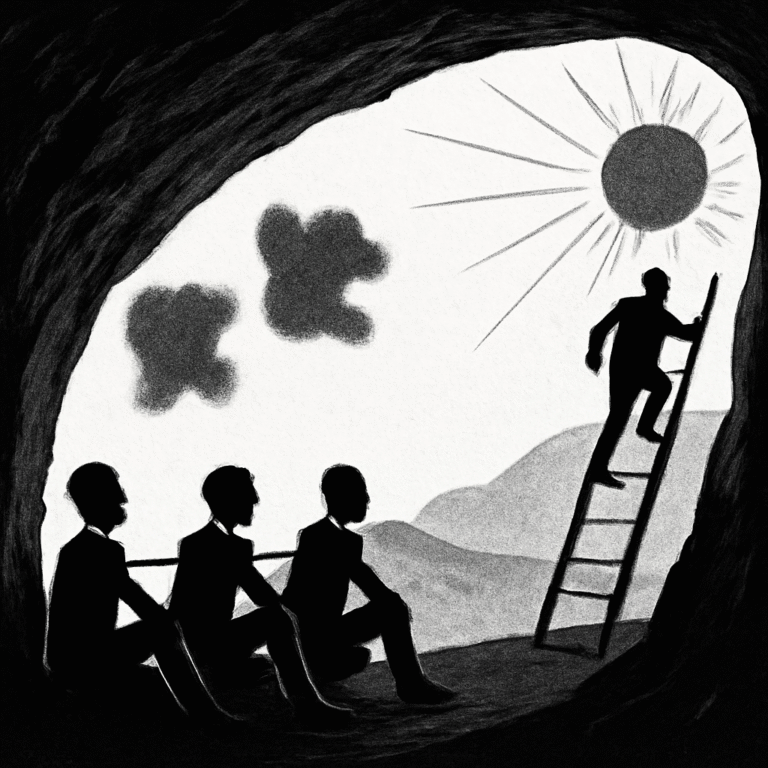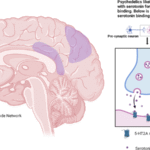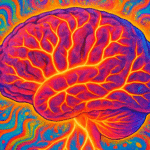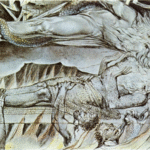Sigmund Freud’s Contribution to the development of modern psychology
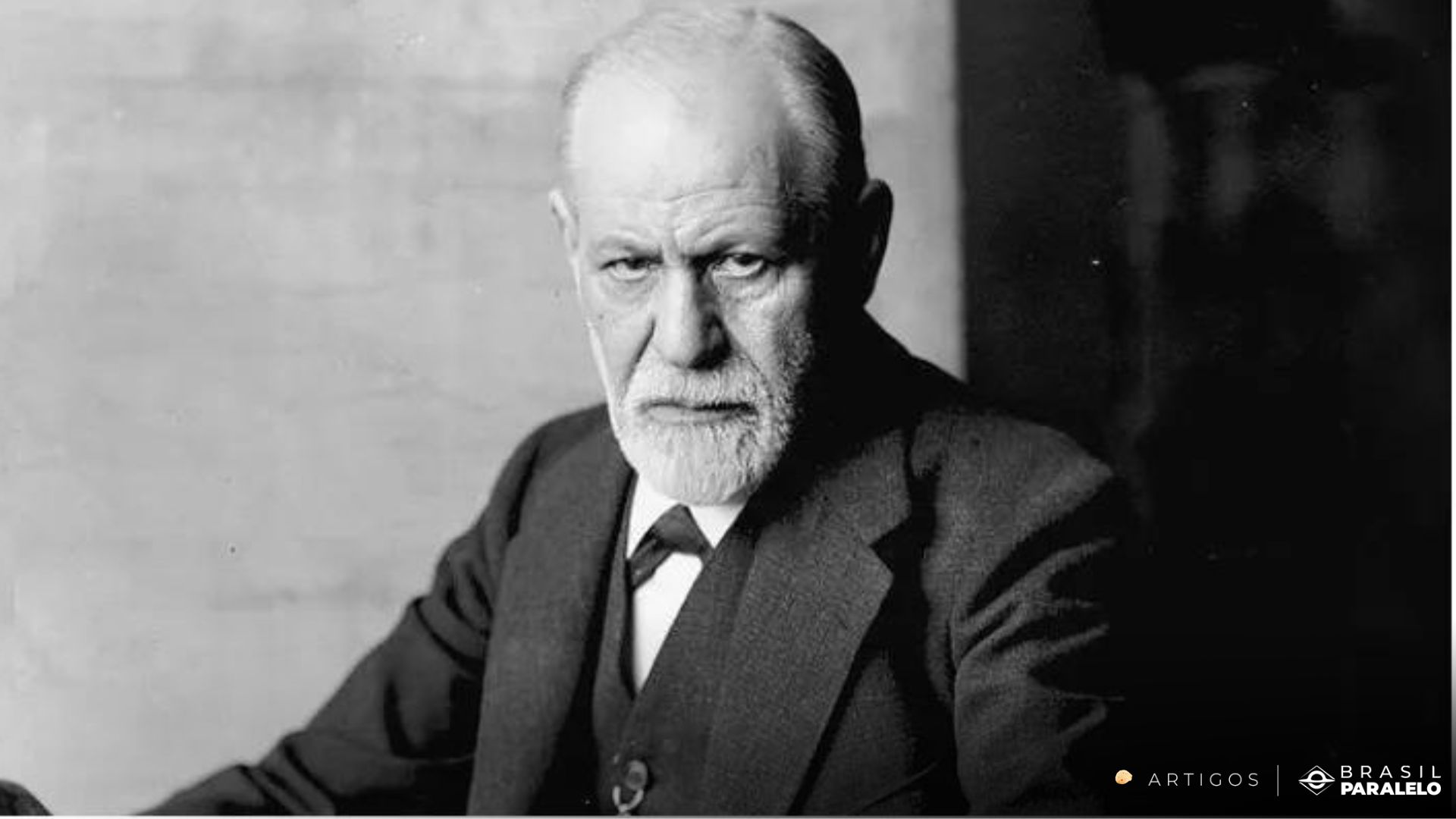
Sigmund Freud, often regarded as the father of psychoanalysis, is considered one of the most controversial figures in the history of psychology. The fundamental theories of psychoanalysis that Freud developed may seem outdated and commonplace today, but they were groundbreaking for their time. At a period when lobotomies were often seen as the only solution for mental health issues, Freud introduced a new branch of science known as psychoanalysis, or talk therapy.
In his practice, Freud would sit down with his patients to discuss their troubles, attributing these issues to underlying factors, which he frequently associated with sexuality or violent tendencies. He was one of the first in Europe to actively work toward treating hysteria, a term that encompassed PTSD and various psychotic behaviours.
Freud believed that individuals are made up of sub-personalities, which he often likened to living entities. With these ideas, he developed a topographical model of the mind, similar to an iceberg. According to Freud, the mind consists of layers of personality, where only a small part is visible to oneself and others, while the majority lies hidden deep within what he called the unconscious.
According to Freud, the human mind is structured into three distinct levels of consciousness: the conscious, the pre-conscious, and the unconscious. Each layer plays a crucial role in shaping our thoughts, behaviors, and overall psyche.

Conscious: This first layer of consciousness is like the tip of an iceberg, fully visible and readily accessible to everyone. It encompasses our immediate awareness—thoughts, feelings, and perceptions that we engage with on a daily basis. This is the realm in which we make everyday decisions and judgments, ranging from the trivial, like what to eat for breakfast, to the more significant choices that shape our lives. Within the conscious mind, we actively process information and thoughts, finding clarity and understanding in our experiences.
Pre-conscious: Just beneath the surface of our active awareness lies the pre-conscious mind, often referred to by Freud as a mental “waiting room.” In this layer, thoughts and memories linger, patiently waiting to be brought to consciousness. It acts as a bridge between the conscious and unconscious realms, allowing us to access memories and knowledge that may not be immediately present in our minds. When we recall a forgotten name or memory, we are tapping into this pre-conscious reservoir.
Unconscious: The unconscious is the deepest and most expansive layer of consciousness, a vast reservoir that is largely hidden from our awareness. This portion of the mind contains deeply seated memories, desires, and urges that significantly influence our behavior, often without our conscious realization. Freud saw this layer as primitive and instinctual, filled with unresolved conflicts and repressed emotions, particularly those surrounding sexuality and aggression. The contents of the unconscious are typically veiled from direct awareness to protect us from the anxiety they can evoke. This hidden aspect of the psyche is akin to a dark chamber, sheltering powerful drives that shape our actions and reactions, often in ways we do not understand.
The primary focus of psychoanalysis is to explore this hidden and often suppressed realm of the unconscious mind. Freud believed that revealing its contents is essential for personal growth and psychological well-being. Through the therapeutic process, a psychoanalyst seeks to shine a light on these unconscious elements, helping individuals confront and integrate them into their conscious lives. This integration promotes a sense of wholeness and facilitates the fulfillment of fundamental human urges, ultimately leading to a deeper understanding of oneself and improved mental health.
Id, Ego and Superego
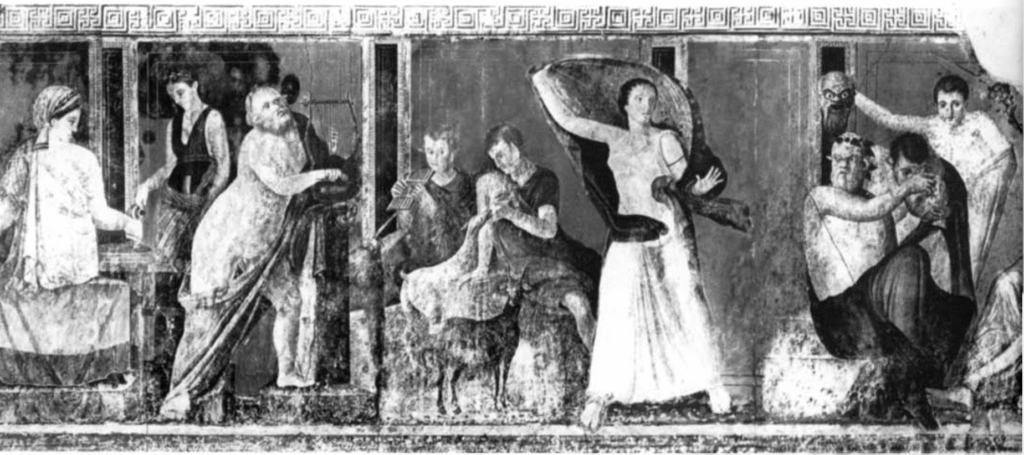
Sigmund Freud, in his works on the human psyche, later revised his topological model and replaced it with a structural model of personality, delineating it into three components: the Id, the Ego, and the Superego. These components represent systems through which the human psyche interacts with the external world; they perform vital functions in the brain and significantly influence human behavior and interpersonal interactions. Although these components serve distinct functions, they interact holistically to form the complete human personality.
The Id is the instinct-driven portion of the unconscious; it seeks immediate gratification. It is inherent from birth and embodies childlike behavior characterized by instincts that compel rapid fulfillment of desires. The Id primarily resides in the unconscious and operates without a sense of morality, adhering more closely to the pleasure principle, which aligns with biological needs. Freud further categorizes the Id into two factions: Eros, which encompasses sexual instincts necessary for survival (life instincts), and Thanatos, which consists of aggressive instincts symbolizing death (destructive forces). Notably, Eros is generally stronger than Thanatos, as evidenced by the survival of the species.
The Ego is the rational aspect of the psyche, striving to balance the Id’s impulses with the demands of the real world. According to Freud, the Ego represents the conscious part of the psyche, mediating desires (Id) and moral constraints (Superego). It functions in a more realistic manner, seeking to reconcile pleasure while minimizing harm posed by the Id. Should the Ego fail in its task, anxiety arises, prompting the brain to deploy defense mechanisms. This initiation of the secondary process serves to address the anxiety until the issue is resolved. The discipline of psychoanalysis focuses on the development of the Ego to mitigate anxiety and enhance the conscious mind’s ability to address problems.
The Superego represents the moral conscience within the psyche and is shaped by societal and parental influences that aspire to perfect the individual’s behavior. The Ego operates between the Id and the Superego, negotiating the tension between instinctual drives and ideals of perfection. The Superego encompasses the societal values and morals acquired throughout early childhood, typically between the ages of three and six. Its primary function lies in operating within moral frameworks, guiding individuals to act in accordance with societal norms. Additionally, the Superego acts as a source of self-criticism, residing within the unconscious.
The Superego manifests two principal functions: the “thou shalt,” which signifies a reward mechanism, often associated with feelings of pride and satisfaction, and the “thou shalt not,” which denotes a punishment mechanism, frequently linked to feelings of shame and guilt. Another essential function of the Superego involves regulating the Id’s instincts to ensure that individual behavior aligns with moral and societal expectations. These functions operate through two key processes: the moral conscience, which serves as an internal voice indicating wrongdoing, and the ideal self, known as the ego-ideal, which reflects the individual’s aspirations for their external portrayal.
In summary, Freud’s structural model elucidates the dynamic interplay between the Id, Ego, and Superego, emphasising the pivotal role of the Ego in mediating conflicts between innate desires and moral imperatives. Understanding this interaction is fundamental to comprehending the complexities of human behaviour and personality development.
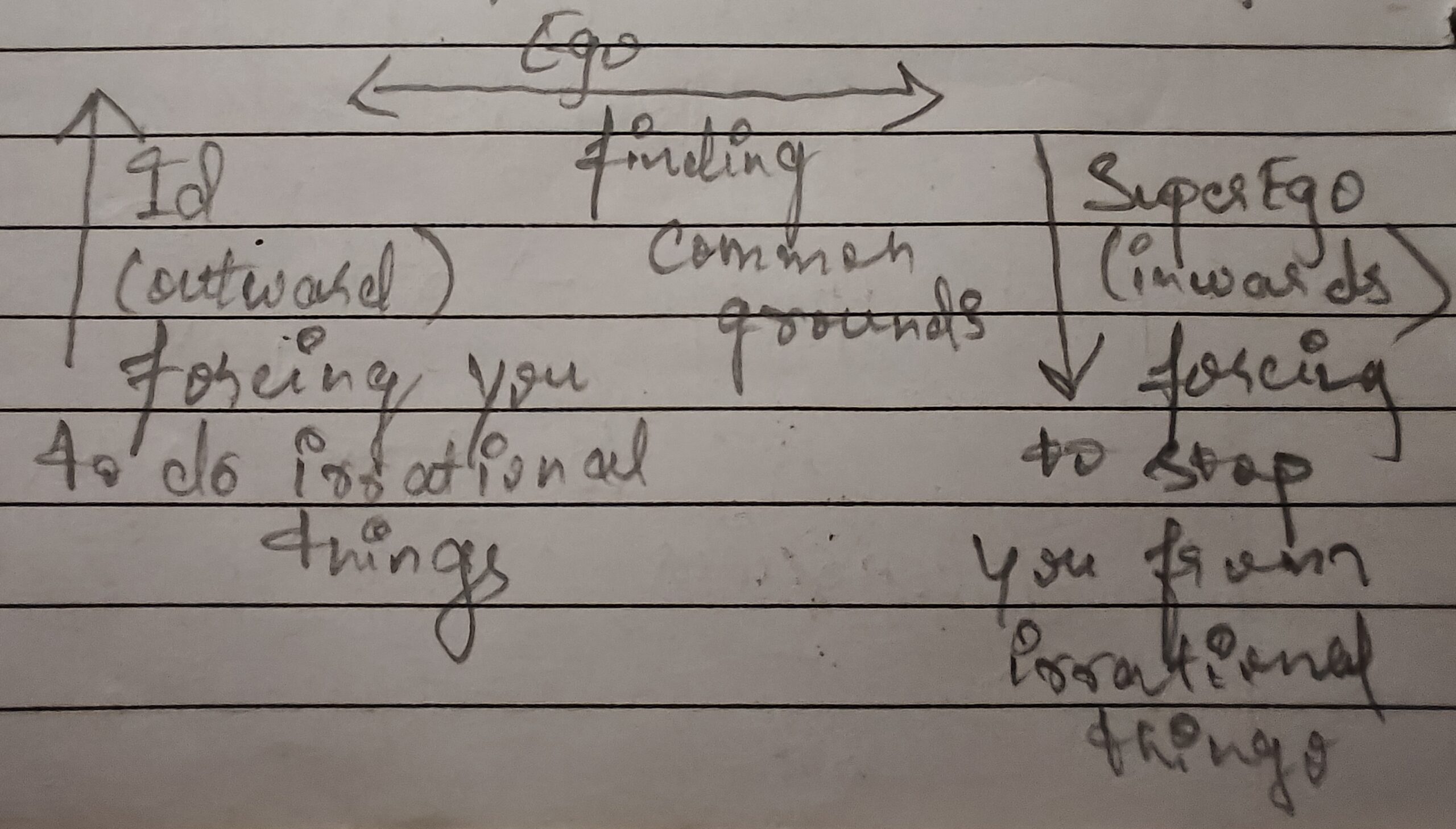
Oedipus Complex
The Oedipus complex is a psychological concept that encapsulates the profound feelings of desire that a child may experience towards their opposite-sex parent, coupled with a sense of rivalry or competition directed at their same-sex parent. Originating from Sigmund Freud’s theories, this complex embodies the typically unacknowledged sexual attraction and emotional entanglement with the opposite-sex parent, which remains hidden within the unconscious mind.
This complex emerges during a crucial phase of human development, typically between the ages of 3 and 6 years, a period before the superego—the part of the personality that internalizes societal norms and morals—fully develops. The experiences during this stage are pivotal, as they significantly shape the child’s emerging identity and their future interpersonal relationships.
When the Oedipus complex remains unresolved, it can lead to problematic attachments to the opposite-sex parent. This unresolved tension may manifest in various ways, ultimately posing challenges in the individual’s capacity to form healthy, reciprocal relationships later in life. Such lingering attachments can disrupt emotional balance, complicating future bonds with romantic partners and friends and influencing the overall psychosexual development of the individual.
Freud’s dream theory
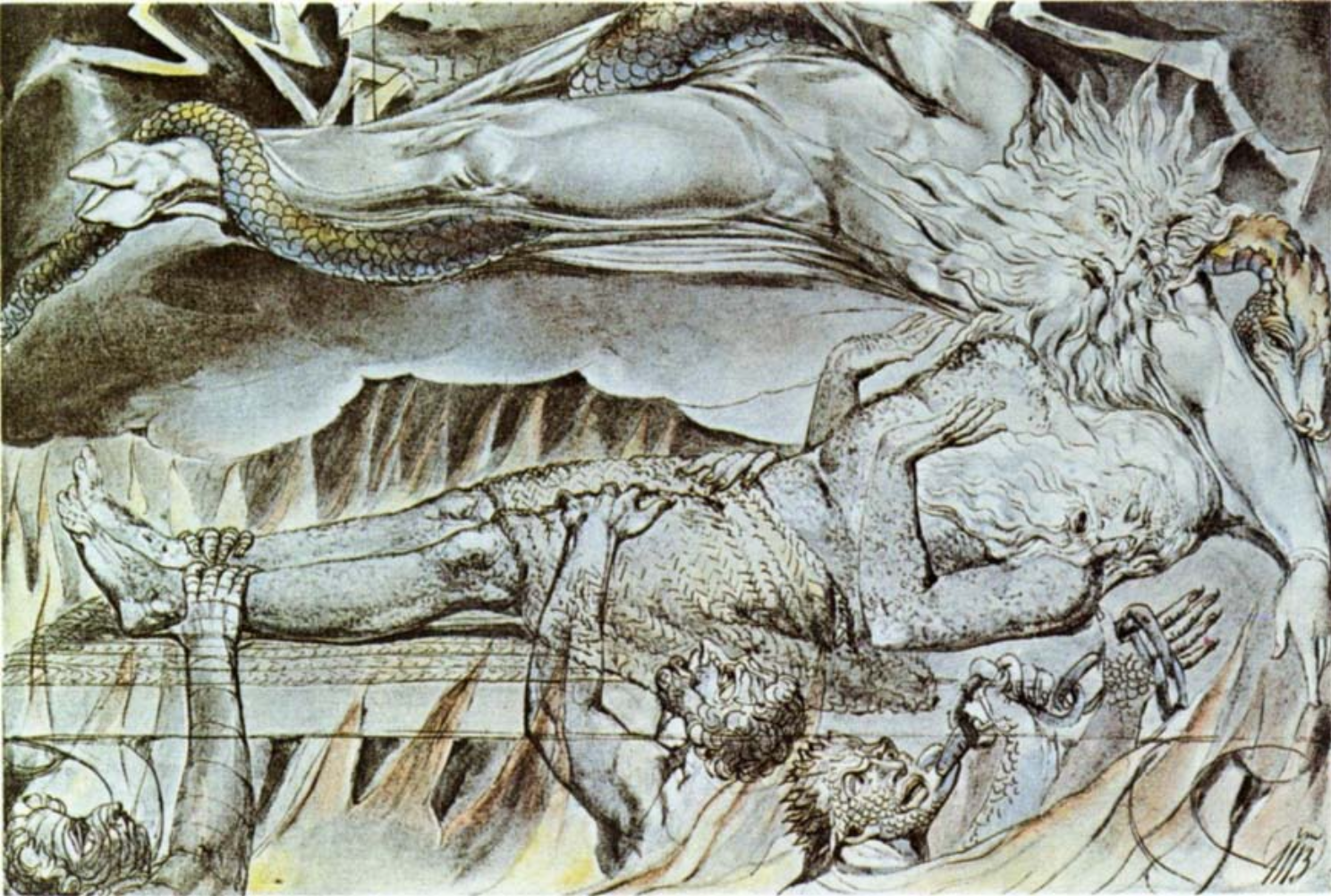
“The interpretation of Dreams is the royal road to a knowledge of the unconscious activities of the mind”
The interpretation of dreams, as outlined by psychoanalysis, is a critical component in exploring the unconscious mind. Sigmund Freud posited that much of the unconscious remains obscured from individual awareness, yet dreams serve as a gateway for these hidden aspects to surface. Through the mechanisms of free association and symbolism, the unconscious communicates its desires and needs indirectly. Freud highlighted that dream interpretation plays a vital role in addressing hysteria and is essential for integrating the unconscious with the conscious mind. His extensive work in this area underscores its significance within psychoanalysis.
Freud’s dream theory consists of six major elements:
1. Introduction of Psychoanalysis: This addresses the role the unconscious mind plays in the development of psychoanalysis.
2. Dreams as Psychological Insights: Dreams provide valuable insights into an individual’s desires and conflicts within their personality.
3. Dreams as Wish Fulfilment: Dreams manifest unconscious desires, thoughts, and motivations that are repressed during waking life.
4. Manifestations and Latent Contents: Manifestations are the dream elements we recall, while latent content pertains to the hidden meanings underlying these dreams.
5. Dream Work: This process transforms the original dream thoughts into less troubling representations. Dream work includes three key mechanisms:
– Displacement: This involves shifting focus from important objects to less significant ones.
– Condensation: This combines numerous ideas or elements into a single representation.
– Symbolization: This pertains to the conversion of thoughts or wishes into symbols.
6. Free Association: This technique aims to uncover the latent content of dreams, revealing unconscious insights.
The latent content of dreams represents hidden desires, while manifestations are the memories or imagery recalled. The latent meanings are often suppressed through dream work, which distils unacceptable thoughts into more palatable manifestations.
The dream work process incorporates:
– Displacement: Redirecting attention from one significant object to another less important one.
– Condensation: Merging multiple objects or events into a singular representation.
– Symbolization: Converting ideas or wishes into symbolic forms.
– Secondary Elaboration: Arranging striking images and events into a coherent narrative and adding details for clarity.
Through free association, a psychoanalyst can extract the latent contents of dreams. There are also universal symbols that appear in common dreams, though the interpretation is uniquely influenced by an individual’s personality, resulting in distinct meanings and insights.

